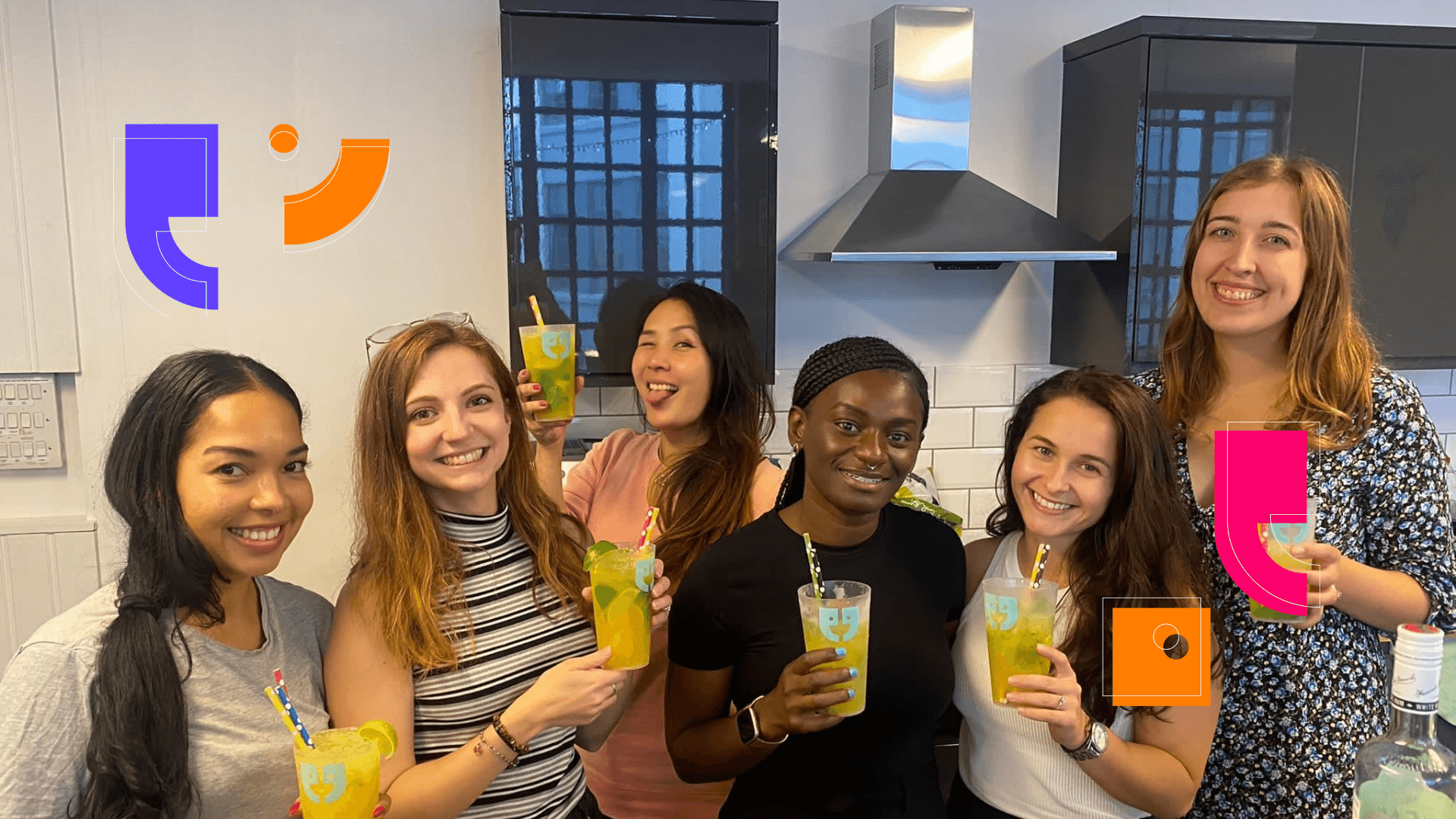I Moved Our Summit Online - Here's What I Learnt About Virtual Events

I’ve organised plenty of large-scale student recruitment events, including many Open Days. And, last year, I joined Unibuddy and organised many large-scale Unibuddy events for Higher Education: from our summits, to our breakfast meetings and seminars.
Never in a million years did I think I’d have to cancel a whole calendar of events and find a way to move them all online.
Our summit has been scheduled for over 6 months now, and preparations were well underway with a venue and line-up of speakers, when suddenly everything was thrown into uncertainty, and eventually cancellation. It’s a situation you’ll no doubt be in yourself, facing the new reality of organising online events.
To host the summit, we used our own technology: the Unibuddy Live platform for virtual events. We took advantage of a brand new feature – video streaming on Unibuddy Live. With over 300 attendees, you can imagine I was a little nervous to be using this feature for the first time!
But the summit was a huge success. It was our largest event ever by number of attendees, and we were able to deliver a completely personalised experience for each one by utilising virtual ‘rooms’ where guests could chat to speakers and each other during and after sessions.
When you’re faced with the prospect of building a virtual event, it’s definitely daunting. This is new territory for us all, even me – and I work at a company that builds a virtual events platform! But from the feedback we’ve got so far, it is clear why this is one trend that we’ll take into the new world. These are events that transcend borders, are fully accessible and deeply personalised.
Better for visitors
For a start, it’s a better experience for the visitors. At a physical event, you will no doubt find yourself sitting through sessions that aren’t relevant to your role. You’ll lose the feeling in your arm from holding it up to ask a question. You will spend 3 hours on a train into London and miss out on the networking drinks to get home in time.
At a virtual event, you get none of that. You can post your question during the session and, if it doesn’t get answered, you can message the host immediately after and learn more. You can go make a brew during the sessions that aren’t relevant to you, or you can look through the other channels to network and learn. And you won’t leave with a notebook full of scruffy notes, you can record the whole event and take home a transcript.
Better for organisers
And, while it was a bit stressful at first, it’s also a better experience for the organiser. For a start, we got more attendees. Without asking people to travel, we could promote our event more widely to countries that would never be able to attend an in-person summit.
We also get more insight into what our attendees did and thought – with a full transcript, we can look back on every question and conversation and gain an insight we’d never get from a physical event. And for universities that use Unibuddy Live, they benefit from our Machine Learning technology that automatically generates insights into those conversations – whether there are 10s of messages or 1000s – so you can see exactly what your students care about and when.
Of course, it’s cheaper. We saved on venue hire, catering, travel – we all stayed home and hosted the summit completely remotely.
And, from what I’ve seen so far, it’s more effective. We host these summits to help support our customers, and to give universities that aren’t using Unibuddy a better idea of what we do. Attrition during the event was lower than for an offline event of a similar size. Our attendees were engaging more than they would at an offline event.
My key takeaways
I never thought I’d find myself organising a virtual event on this scale, with a fairly short turnaround time. If you’re in the same boat, here are my top 5 takeaways:
- Don’t just replicate your offline plans: you could throw your agenda onto a virtual event, but why not take advantage of all the new things you could do with a digital platform? Check out some ideas here.
- Make your events personalised: you no longer need a one-size-fits-all event with thousands of attendees. Now, you can have separate events for each persona you work with. If you’re planning an Open Day, why not have a separate event for each subject?
- Brief your staff! If you’re an event organiser, you’ll be used to bundling staff and student ambassadors into a lecture theatre for their pre-event briefing. That’s just as important online, so make sure you give them a thorough briefing and everyone understands the platform you’re using.
- Make it seamless for your visitors. Don’t add unnecessary barriers to sign-up. While an online event is more accessible, it means your registrants might also be less committed to attending. Make sure sign-up is straightforward with as few barriers as possible.
- Pre and post event comms are more important than ever. With an in-person event, you have lots of control over a visitor’s first and last impression. During an online event, they can join and leave whenever they want, without a friendly ambassador to greet them at the car park. Make sure you send clear instructions and reminders in the run up to a virtual event, and a prompt communication afterwards to thank attendees and give them relevant follow-up information.


